| According to family history John and Janet Harkness arrived in Australia about 1840, however shipping records show they arrived with their children on the Garland as assisted immigrants on July 1852. Their ages given were: John — 42 Janet — 44 James — 20 William — 18 Edward — 15 John — 8 Janet — 5 The family settled at Mount Duneed on land known as Rock Hill Farm. Stonemasons, John and his son James were the builders of the Church of England school and church erected in 1863 to replace a primitive earlier building. They also built the Wesleyan church and many other stone buildings in the Mount Duneed district. Both churches were destroyed in the 1944 fire which swept the district. | Fifty seven year old John Harkness was described as an elderly man after an accident on Torquay Road near Smart's paddock. He was driving home with Edward, his 28 year old son when they were both thrown from their dog cart, the older man being killed. The rear wheel of their cart had gone over a heap of road metal and the horse had fallen pitching them out. They had been drinking at the Barwon Bridge Hotel in South Geelong when they stopped for another drink at Grovedale, but Felix Mulholland, the publican at Germantown (Grovedale), refused to serve them any liquor as they were both intoxicated. They were found next morning and the body taken to the Bay View Hotel at Grovedale until the inquest. Edward was later taken to Geelong Hospital. Inquests were often held in hotels as the body could be kept cool in the cellar. The Bay View Hotel, on the corner of Heyers Road, was later purchased as a Lutheran manse. He was buried in the Presbyterian section of the Mount Duneed Cemetery on 31 December 1864. His wife Janet née Armstrong died on 30 August 1884 and was buried with him. Their five children who were born in Dumfriesshire, Scotland were: James Harkness, married Rebecca Weild, buried 22 June 1919 at Mount Duneed Cemetery William Armstrong Harkness, married Elizabeth Cronin, died 1914, buried 25 March at New Ballarat Cemetery Edward Harkness, died of pneumonia on 7 July 1903 at Mungindi, NSW John Harkness, probably died young Janet Armstrong, known as Jessie, married Samuel Town, lived at Bendigo. |
| James Harkness married Rebecca Weild on 1 March 1860 at Malop Street, Geelong. Rebecca was born on 29 September 1837 at Gretna, Dumfriesshire, Scotland. Their children were: John Bell Edward — born 21 March 1861, married Jemima Fuller on 19 September 1887, died in 1954 at Elliminyt Andrew William — born 1863 at Connewarre, married Bridget Lawson in 1887, died 7 January 1956 at Belmont, buried in the Presbyterian section of the Mount Duneed Cemetery. James — born 1966 at Connewarre, married Helen Fuller in 1897, died 19 September 1904, buried at Mount Duneed Cemetery Elizabeth Janet — born 29 November 1869 at Connewarre, married Birregurra farmer John Stewart (son of John and Mary (née Webb) Stewart, died 4 December 1951 at Colac, buried in the Presbyterian section of the Mount Duneed Cemetery Rebecca died on 6 February 1916 at her residence at Mount Duneed and was buried in the Presbyterian section of the Mount Duneed Cemetery. |
| James Harkness, third son of James and Rebecca Harkness, was struck by lightning on 19 September 1904. James was born in 1866 in Connewarre; his wife Helen née Fuller was born about 1868. They married in 1897. Their two children were: Elizabeth (Bessie) Harkness — born 1898, married Eric McGee, died 25 June 1979, buried in the Presbyterian section of the Mount Duneed Cemetery Ruth Rebecca Harkness — born 1901 He is buried with his wife Helen, who died on 12 June 1963, and beside his parents James and Rebecca (née Weild) Harkness. |
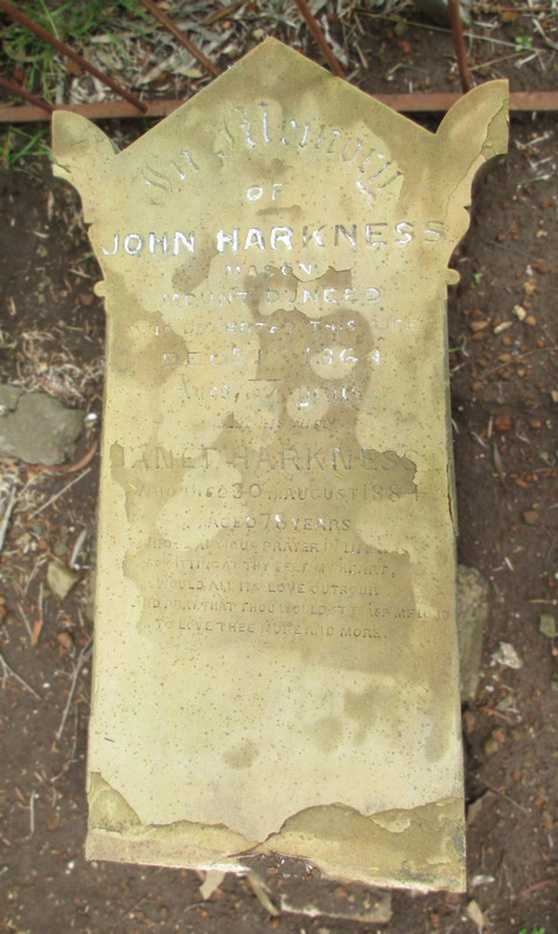
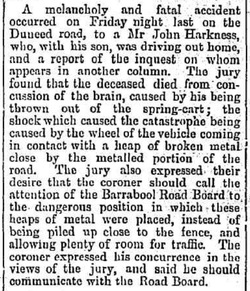
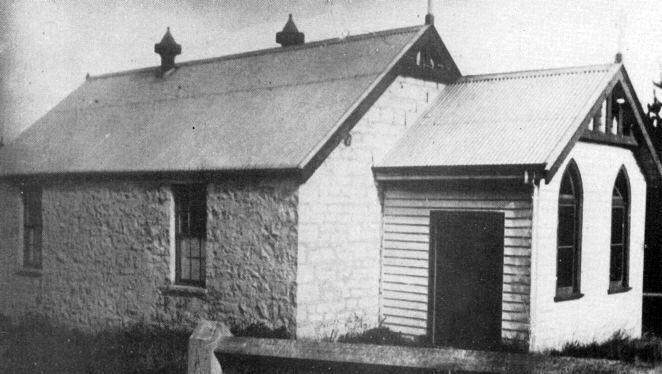
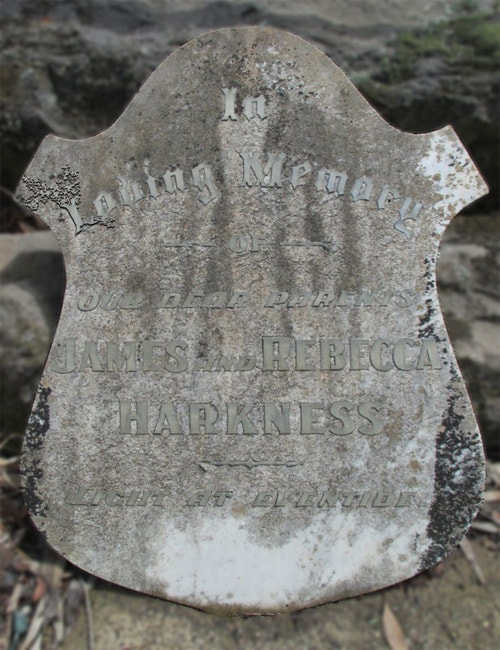
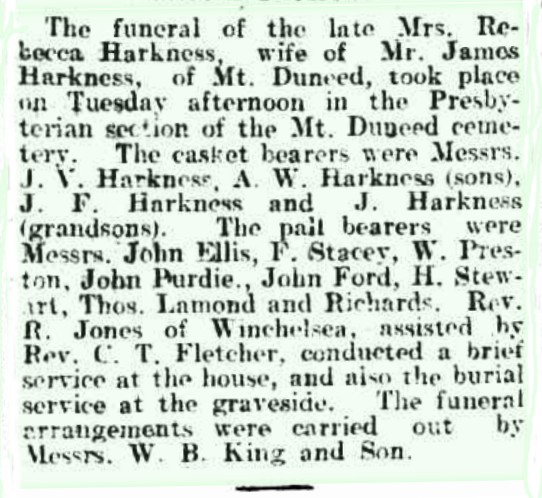
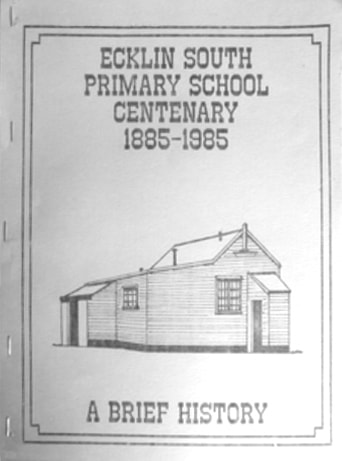
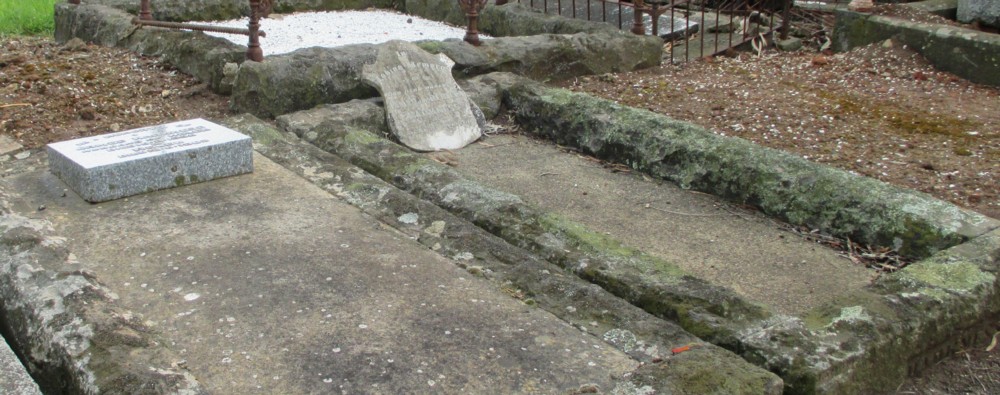
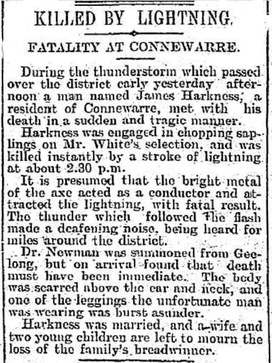
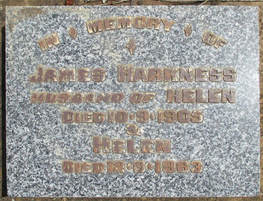
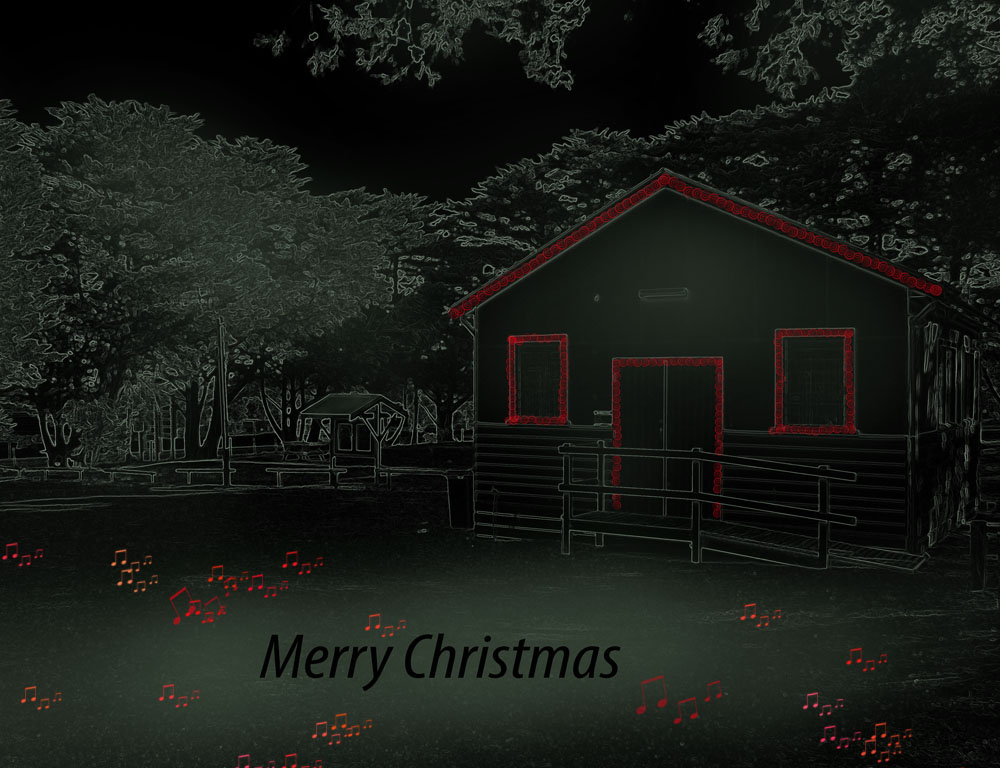
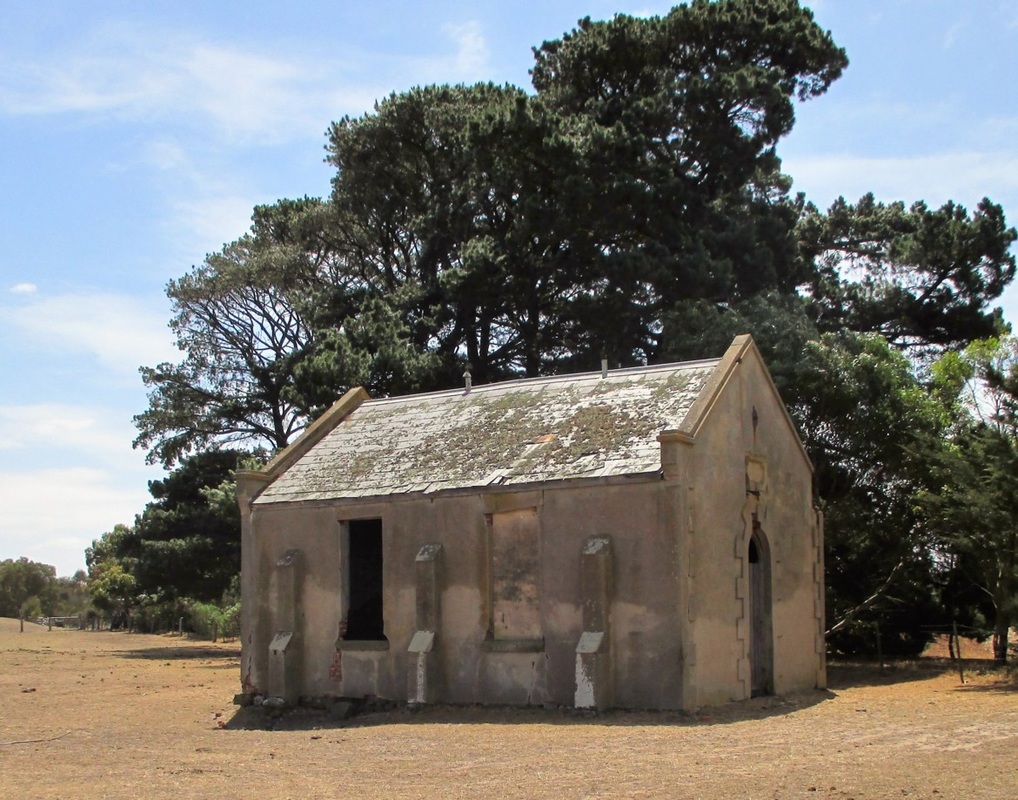
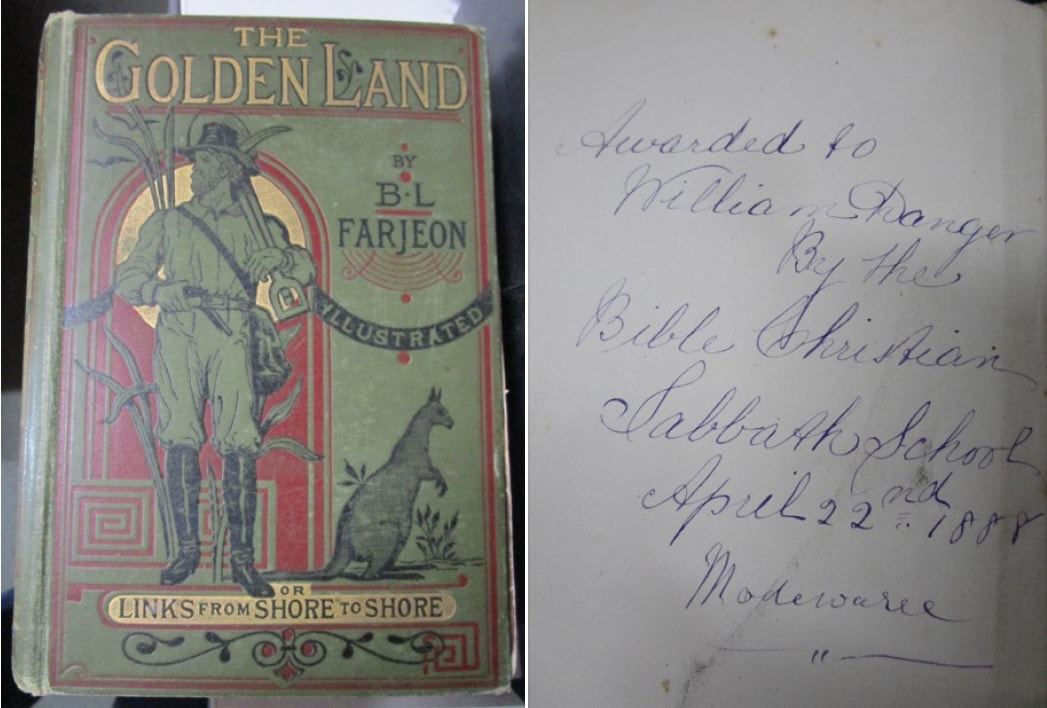
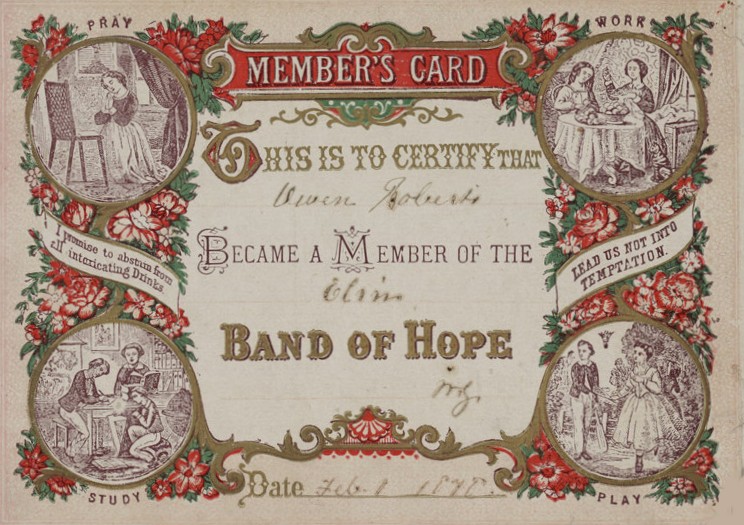
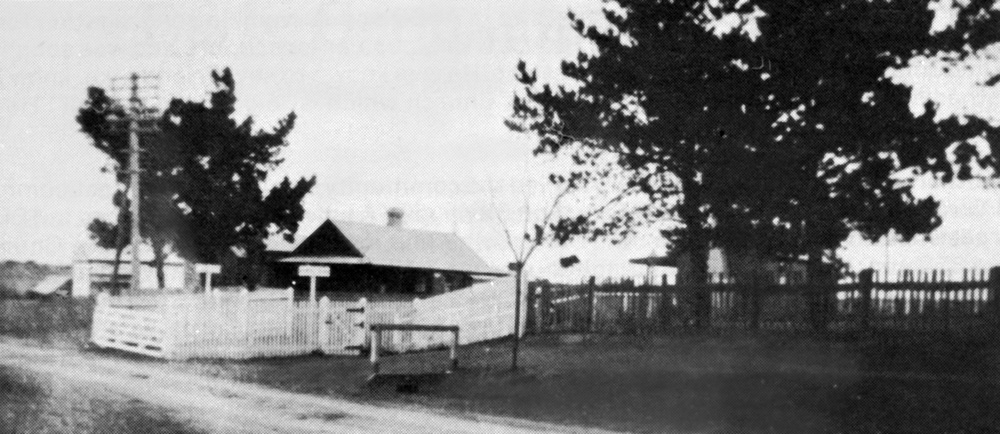
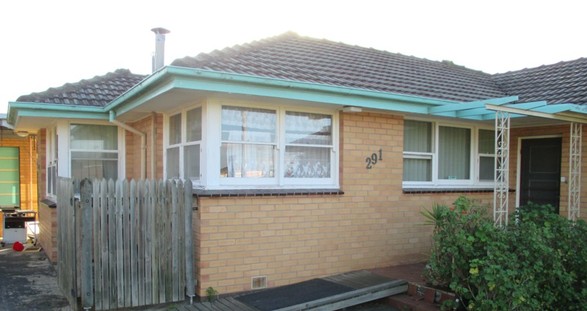
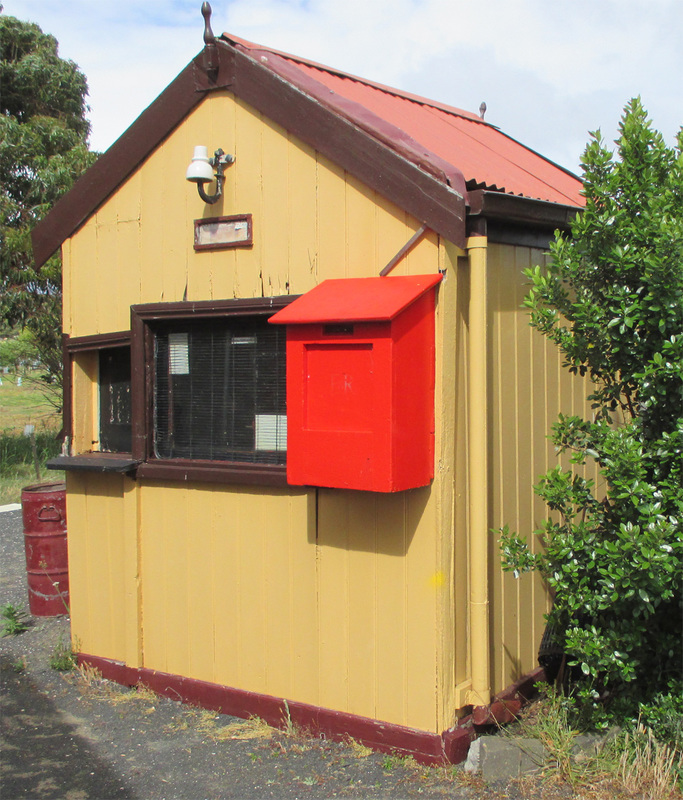
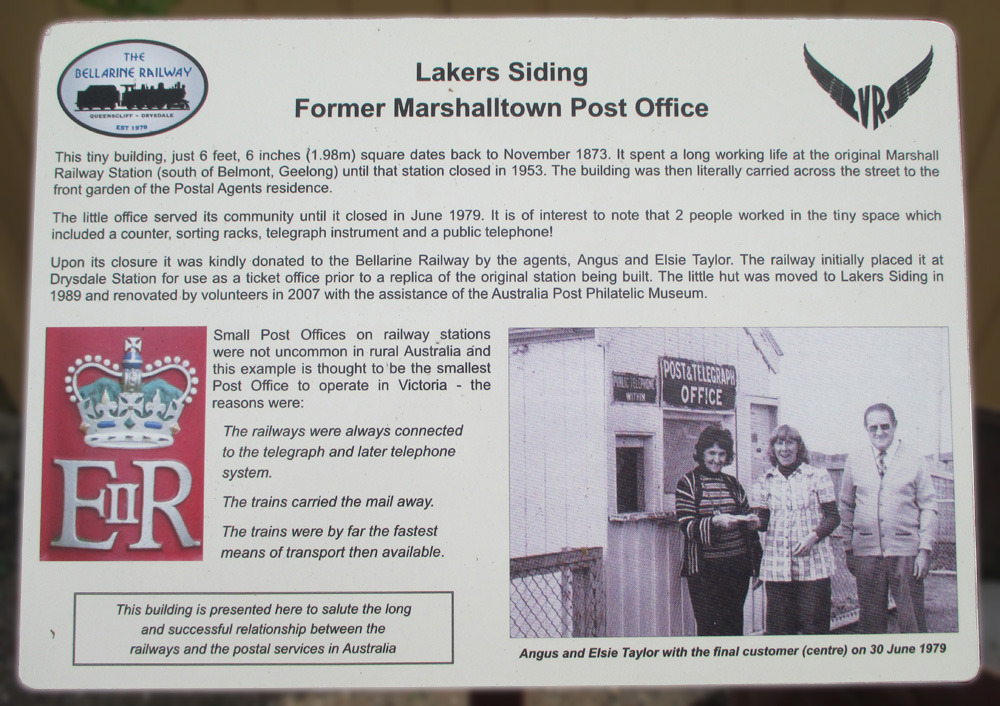
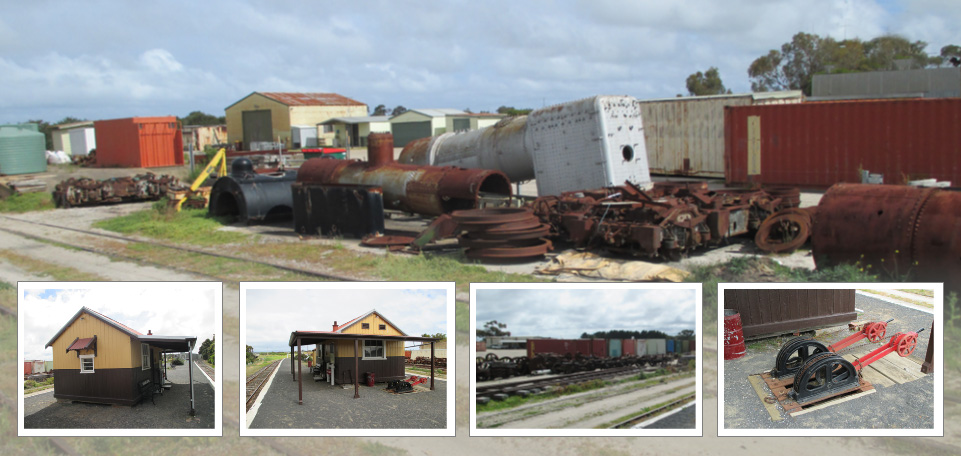
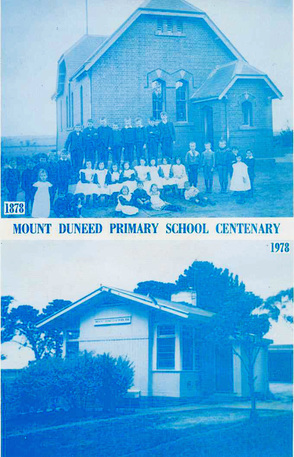
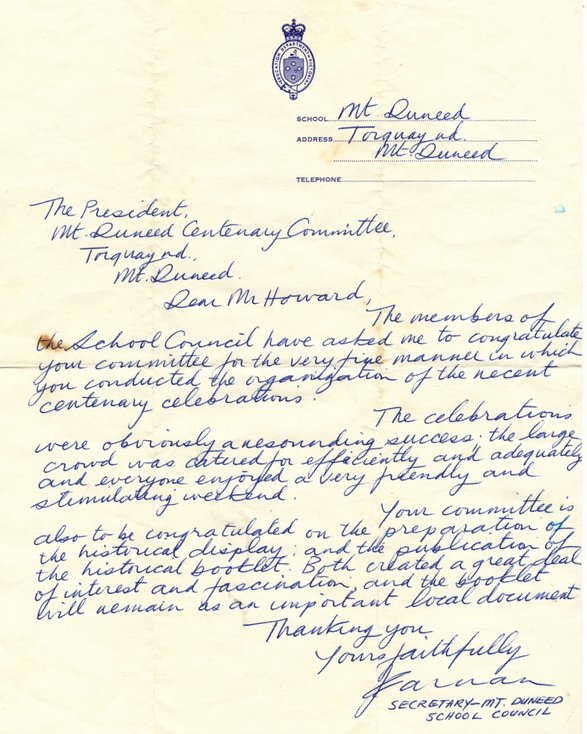
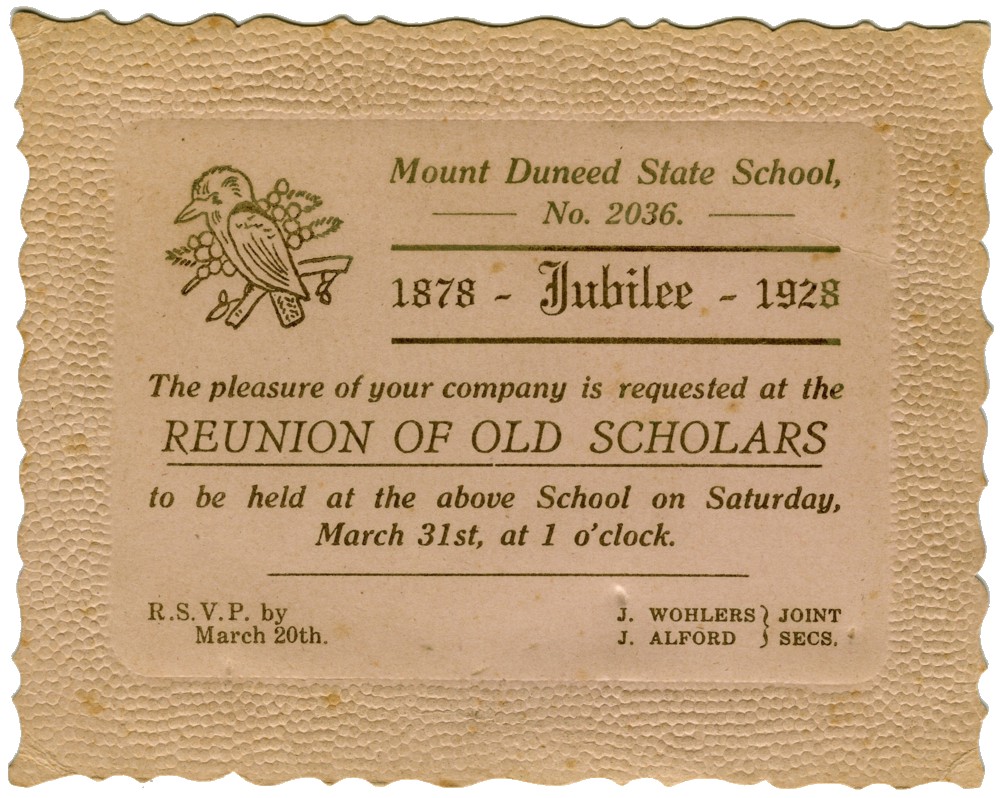
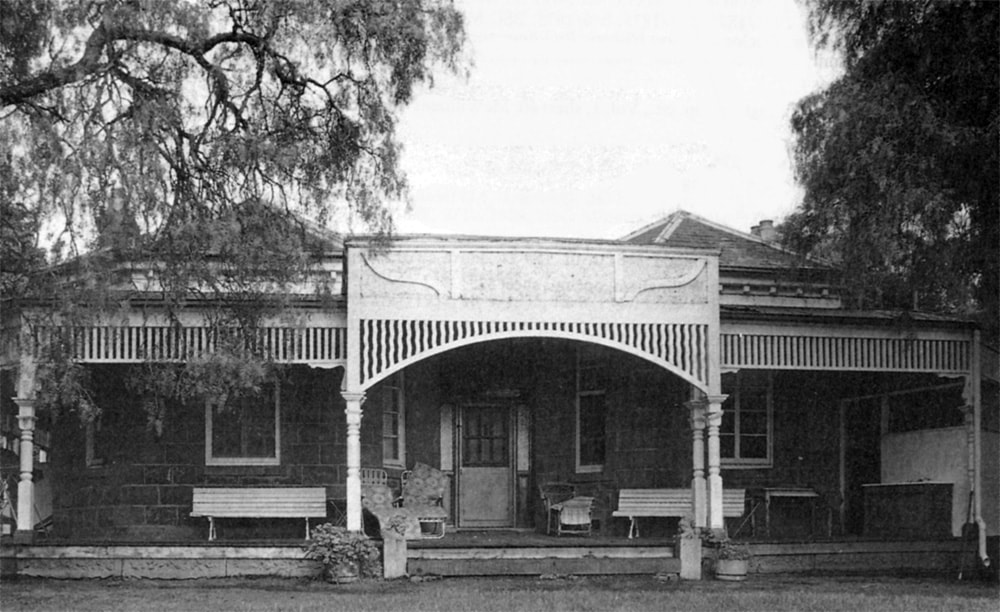
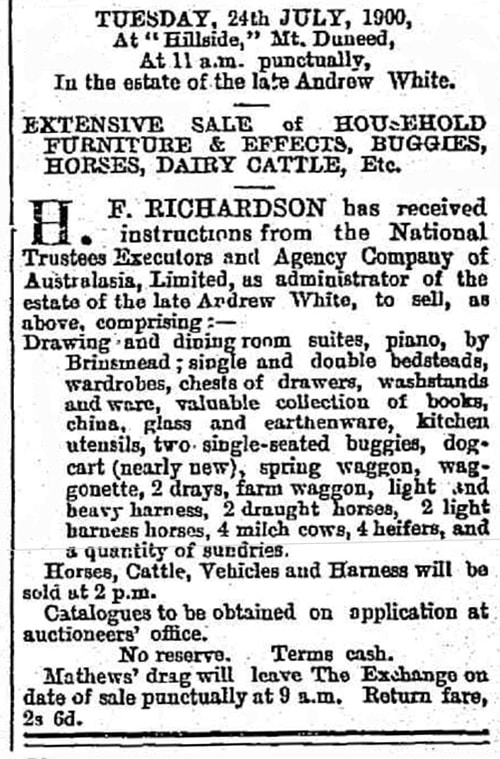
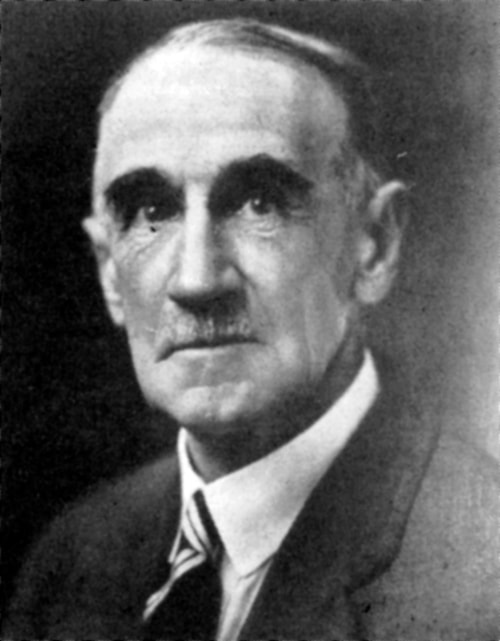
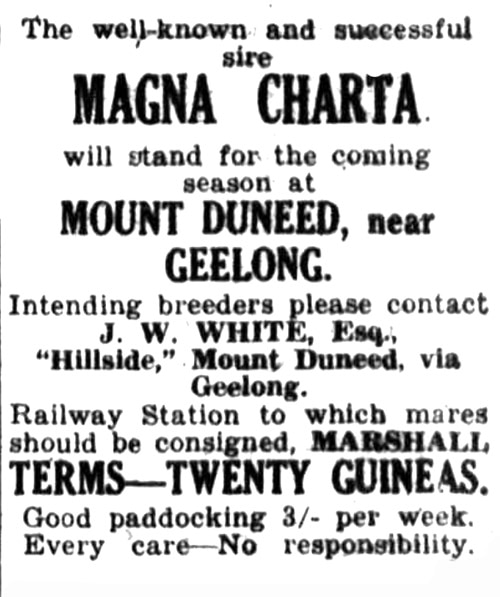
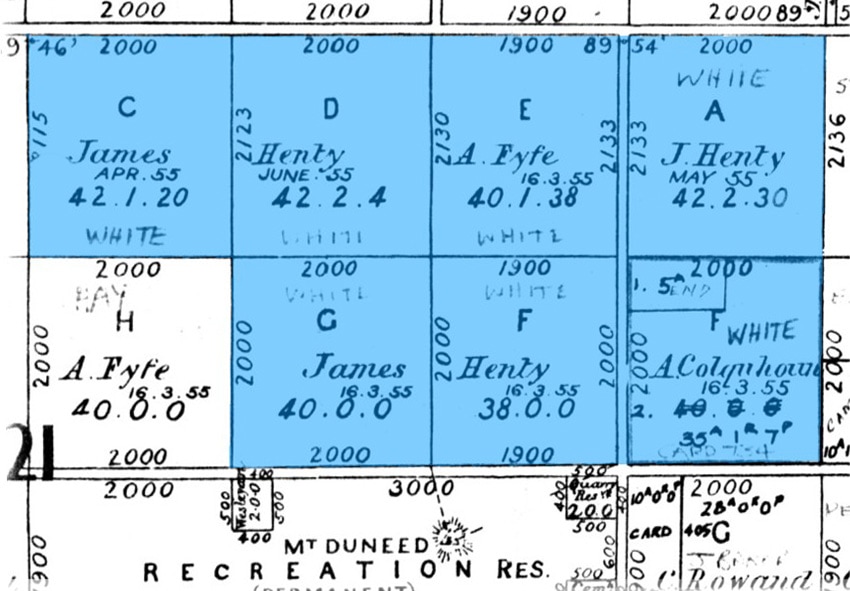

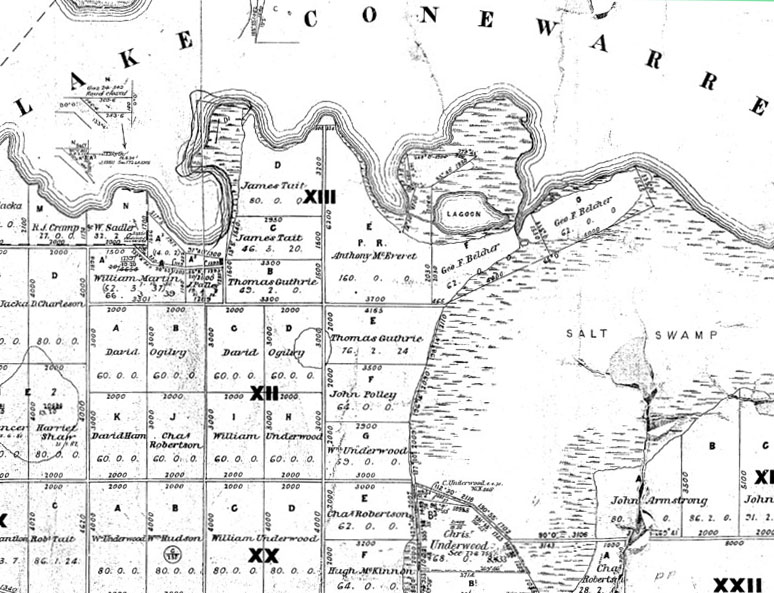


 RSS Feed
RSS Feed
